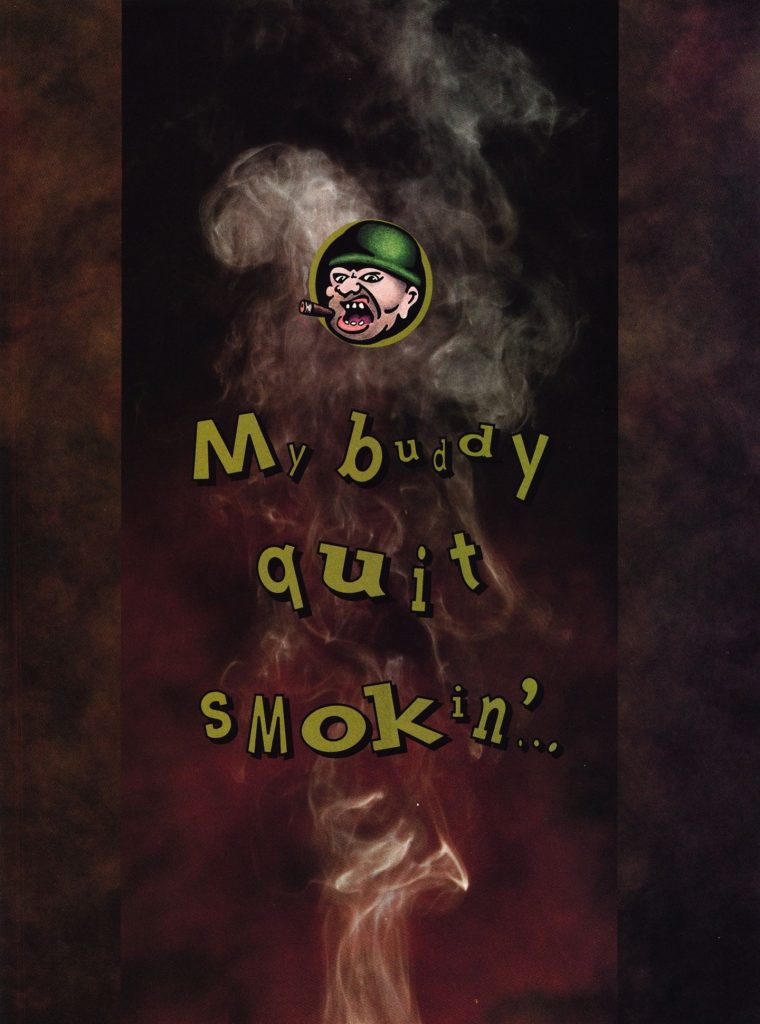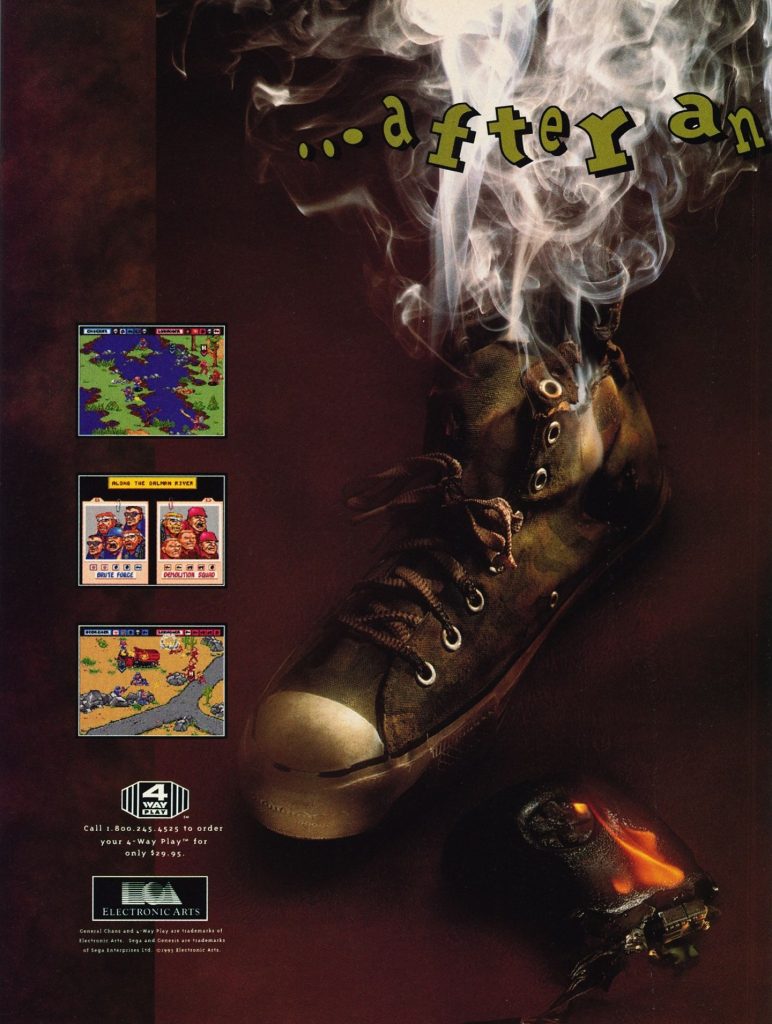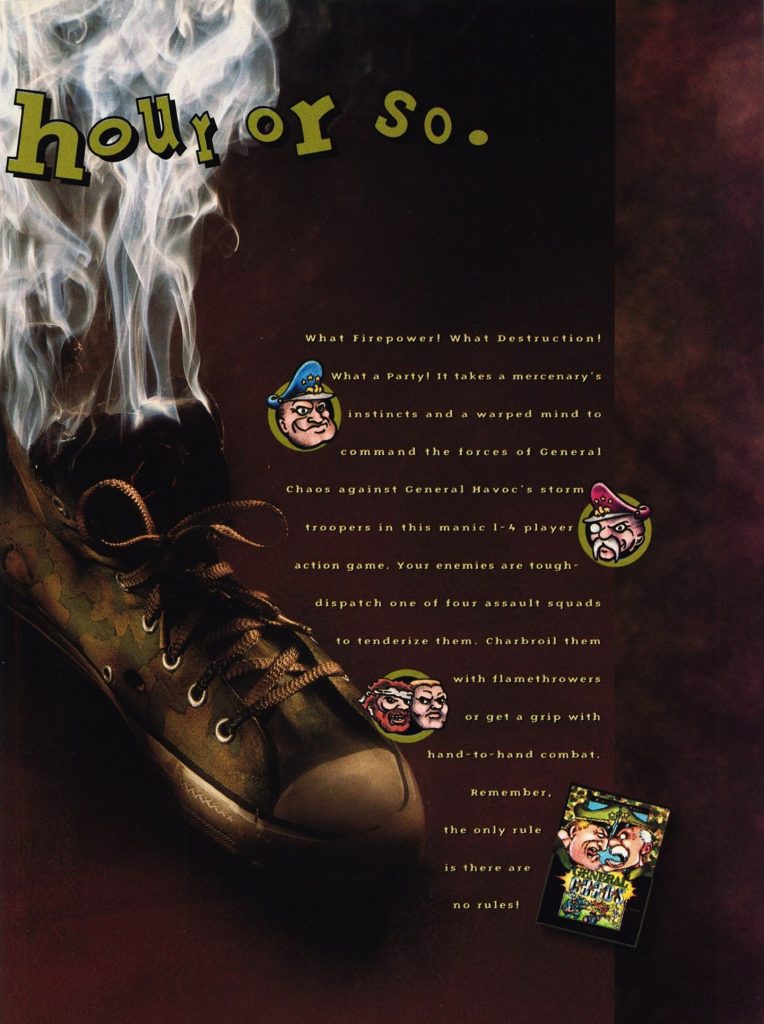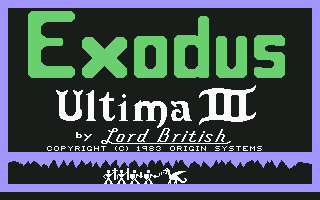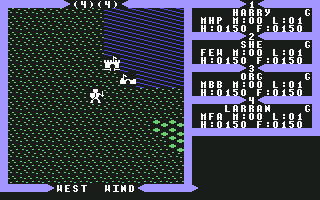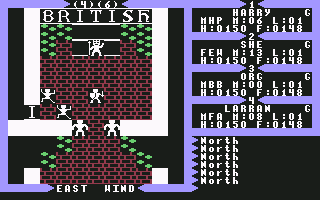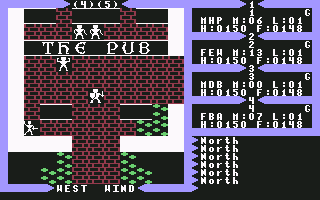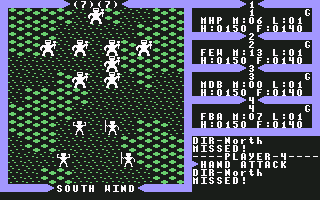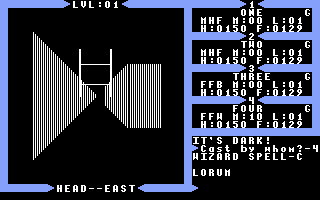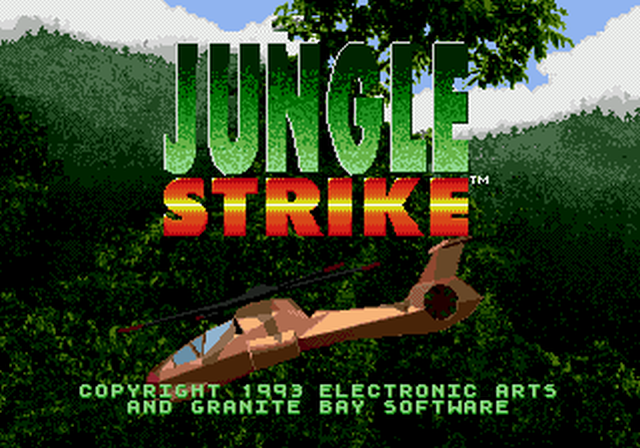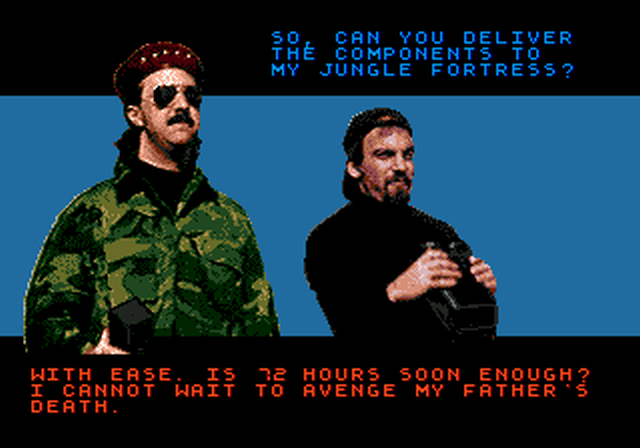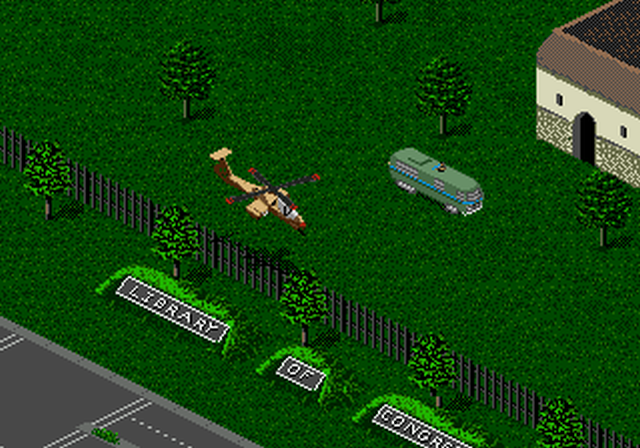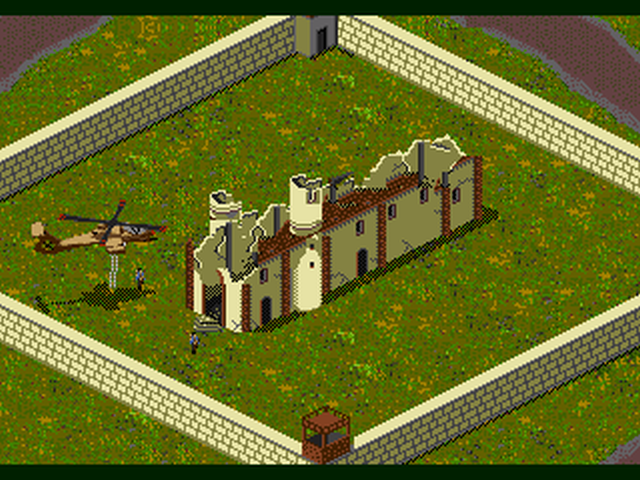General Chaos was released by Electronic Arts for the Sega Genesis in 1993. While it never seemed to gain much traction, it was really a game ahead of its time. It is basically a squad based real-time strategy game. Warcraft, the game that really popularized the real-time strategy genre in general, wasn’t released until the following year.
Of course, other than a real-time strategy component, there isn’t much that is similar to Warcraft here. General Chaos is squad based. Players can choose from one of four five man squads with various types of units or a more powerful two man commando team. Unit types include Machine Gunner, Launcher, Flamethrower, Chucker, and Blaster. The different squad choices have different combinations of these units.
General Chaos is played from an isometric perspective. One other aspect of this game that will be familiar to real-time strategy players is the control mechanism. Basically, you select a unit and assign an order and the AI will execute it. Individual battles are generally pretty short but the game can be played in campaign mode which is basically a series of battles (between General Chaos and General Havok) with the ultimate objective of capturing the enemy’s capital city. In addition to the real-time strategy aspect, there are a few other things that make this game stand out as unique.
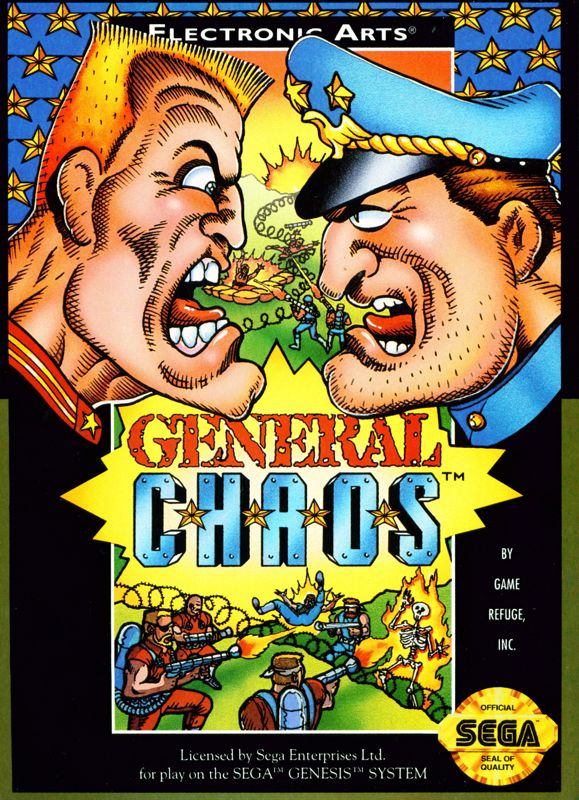
One of the most prominent aspects of this game is its humor. Sure, you can order your units around but they aren’t always competent. Adding to the humor is the cartoonish nature of the graphics. In some ways, the humor of the game reminds me of another humorous strategy game that is one of my all time favorites…Worms.
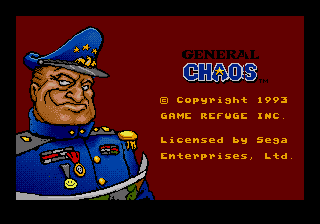
Another fairly unique feature, especially for the Genesis at the time, was that you could play (with an appropriate adapter) with up to four players. Everybody can team up against the computer or you can play as more of a free for all. As you could imagine, having four players adds significantly to the chaos…and the fun.
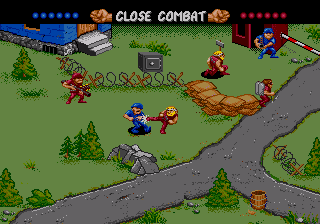
General Chaos generally got excellent reviews. However, I don’t recall it being all that popular. It doesn’t appear to be particularly rare though as an original copy can be found for reasonable prices on eBay. This game is, however, exclusive to the Sega Genesis. The only way to play is to track down an original or use emulation. There has never been a sequel. There was a Kickstarter campaign in 2014 to create a sequel but it was unsuccessful, falling way short of its goal.
I definitely recommend this game if you are a real-time strategy fan or of humorous games in general. Just don’t expect anything serious here. Yes, it is a strategy game but the goal here is to entertain, not to simulate serious warfare. In that, it does an excellent job.
The three page magazine ad above is from the October 1993 issue of Electronic Gaming Monthly.
